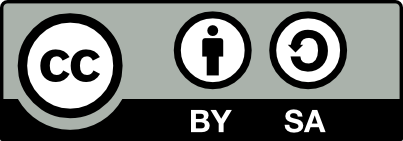Checking for non-preferred file/folder path names (may take a long time depending on the number of files/folders) ...
This resource contains some files/folders that have non-preferred characters in their name. Show non-conforming files/folders.
This resource contains content types with files that need to be updated to match with metadata changes. Show content type files that need updating.
| Authors: |
|
|
|---|---|---|
| Owners: |
|
This resource does not have an owner who is an active HydroShare user. Contact CUAHSI (help@cuahsi.org) for information on this resource. |
| Type: | Resource | |
| Storage: | The size of this resource is 18.5 MB | |
| Created: | Jan 19, 2023 at 1:21 p.m. | |
| Last updated: | Aug 22, 2023 at 1:16 p.m. | |
| Citation: | See how to cite this resource | |
| Content types: | Single File Content |
| Sharing Status: | Public |
|---|---|
| Views: | 443 |
| Downloads: | 40 |
| +1 Votes: | 2 others +1 this |
| Comments: | No comments (yet) |
Abstract
This repository has the Deep Learning model to emulate the morphodynamic results of XBeach numerical model. More information about the model can be found in the article "Coastal morphodynamic emulator for early warning short-term forecasts" published in the Environmental Modelling & Software Journal (https://doi.org/10.1016/j.envsoft.2023.105729).
Subject Keywords
Content
readme.txt
The deep learning model published in this repository was implemented in Python language (version 3.7) using the Tensorflow library. For those interested in using this model, please contact id9257@alunos.uminho.pt in case of any doubts or problems regarding the adaptation of the model. The ZIP file XBeach_results.zip have several folders with the images used to train and test the network, named after each domain (groin, breakwater, low_resolution and original_resolution). The subfolders have the hydrodynamic (GLM_vel, shear) and morphodynamic variables (sedero, sedero_var). In which GLM_vel is the generalized lagrangian mean velocity; shear is the bottom shear stress; sedero is the cumulated erosion and sedimentation; and sedero_var is the current time step bed level change. This last variable is only available for the groin and breakwater domains. The images inside the folders are named accordingly to the respective simulation timestep.
Credits
Funding Agencies
This resource was created using funding from the following sources:
| Agency Name | Award Title | Award Number |
|---|---|---|
| Fundação para a Ciência e Tecnologia (FCT) | MIT Portugal Program PhD Grant | SFRH/BD/151383/2021 |
How to Cite
This resource is shared under the Creative Commons Attribution-ShareAlike CC BY-SA.
http://creativecommons.org/licenses/by-sa/4.0/

Comments
There are currently no comments
New Comment